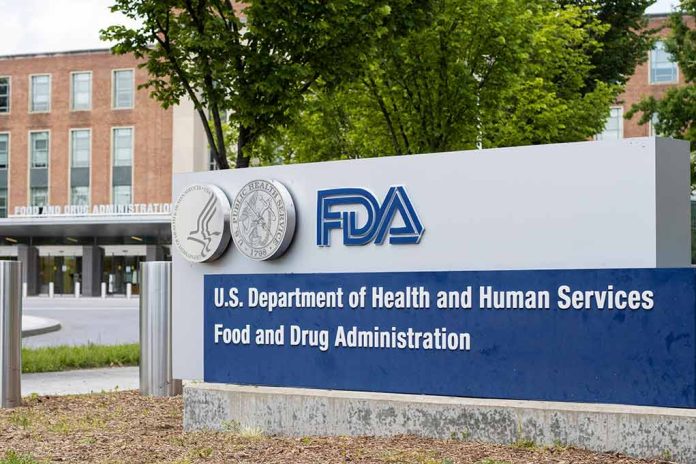
A bombshell report from the Department of Health and Human Services reveals potentially irreversible harm to children receiving medical interventions for gender dysphoria, with evidence for benefits described as “very weak” and risks characterized as “significant.”
Key Takeaways
- The Trump administration’s HHS report advocates for behavioral therapy over medical interventions for gender-dysphoric youth, finding significant risks including infertility and surgical complications.
- The report analyzed 17 systematic reviews and found uncertain evidence for benefits from gender transition treatments versus more concrete evidence of harm.
- NIH Director Dr. Jay Bhattacharya emphasized protecting children from unproven medical interventions and following scientific standards.
- Several countries, including the UK, have begun imposing restrictions on these interventions for minors due to similar concerns.
- President Trump has issued an executive order prohibiting federal support for gender transitions for those under 19.
HHS Report Challenges “Gender-Affirming Care” Model
The U.S. Department of Health and Human Services has published a comprehensive review that thoroughly criticizes the “gender-affirming care” model for children and adolescents with gender dysphoria. The report represents a significant policy reversal, presenting evidence that challenges the use of puberty blockers, hormone therapies, and surgical interventions for minors. According to the findings, these treatments pose substantial risks, including irreversible harm such as infertility, with extremely limited evidence of benefits. This assessment contradicts guidance from organizations like the American Medical Association and the World Professional Association for Transgender Health.
“Our duty is to protect our nation’s children, not expose them to unproven and irreversible medical interventions,” National Institutes of Health Director Dr. Jay Bhattacharya said in a statement. “We must follow the gold standard of science, not activist agendas,” said Dr. Jay Bhattacharya
Gender transition care for transgender children and teens lacks evidence of benefits and poses risks, according to a new report by the Trump administration that medical experts described as poor quality research that threatens access to care. https://t.co/MAEGbWP6i2
— The Washington Post (@washingtonpost) May 2, 2025
Significant Risks and Limited Evidence
The HHS review methodically evaluated existing research and highlighted numerous risks associated with these interventions. These include infertility, sexual dysfunction, impaired bone density, cognitive impacts, cardiovascular disease, psychiatric disorders, and various surgical complications. The report analyzed 17 systematic reviews, finding uncertain evidence for benefits while noting more concrete evidence for harm. Studies frequently cited in support of medical interventions for gender-dysphoric youth were criticized for methodological errors and bias, calling into question the scientific foundation of current practices.
Critics of the report have expressed concerns about its potential impact. “It’s very chilling to see the federal government injecting politics and ideology into medical science,” said Shannon Minter, the legal director at the National Center for Lesbian Rights. Minter said the report could create fear for families seeking care and for medical providers.”
Policy Implications and International Context
President Trump has taken decisive action by signing an executive order that prohibits federal support for gender transitions for those under 19 years of age. The report also notes that health authorities in several countries, including the United Kingdom, have imposed restrictions on these interventions, reflecting growing international concerns. The majority of Republican-controlled states have already enacted bans or restrictions on gender-affirming care. A federal judge has recently blocked parts of Trump’s order affecting research and educational grants related to gender-affirming care, though the core protections remain in place.
The report emphasizes that healthcare providers should refuse to offer interventions with disproportionate risks, even when requested by patients or their families. It also challenges the assertion that these treatments reduce suicidal ideation and are life-saving, citing “very low certainty of evidence” for such claims. This stance prioritizes the protection of children from potentially harmful medical procedures until more robust scientific evidence is available, ensuring that American healthcare policy is guided by scientific standards rather than ideological considerations.







